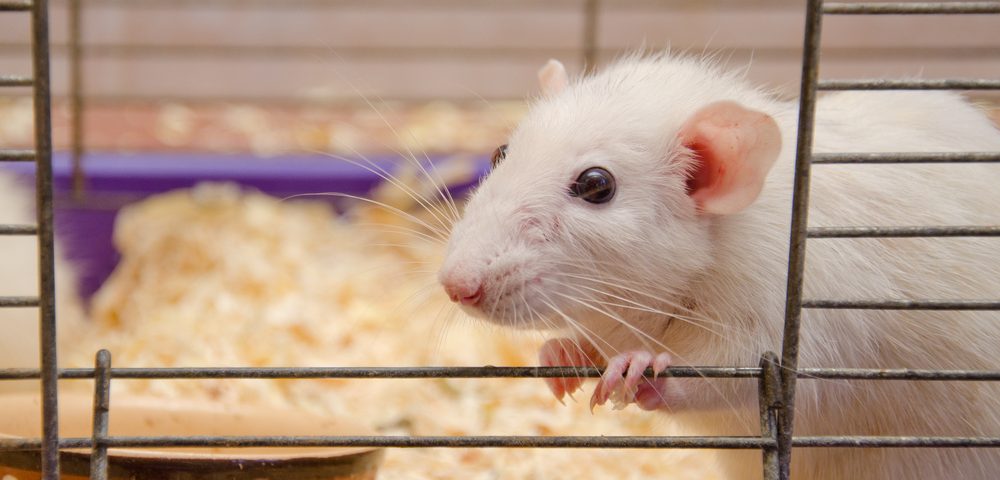Metaplastic breast cancer is the most aggressive form of breast cancer, but researchers have long lacked models that would help them determine the molecular alterations underlying the disease and identify potential treatments.
Now they have developed a novel mouse model that lacks the CCN6 protein in mammary glands and that develops tumors resembling human metaplastic breast cancer. The model shares several deregulated genes that could be used to develop therapies against the cancer.
The study, “MMTV-cre;Ccn6 knockout mice develop tumors recapitulating human metaplastic breast carcinomas,” was published in Oncogene.
Metaplastic breast cancer is a rare and aggressive subtype of triple-negative breast cancer. Up to 20 percent of all breast cancers are triple-negative, but only 1 percent are metaplastic.
“Metaplastic breast cancers are challenging to diagnose and treat,” Celina Kleer, MD, of the University of Michigan Comprehensive Cancer Center, said in a press release. “In part, the difficulties stem from the lack of mouse models to study this disease,” said Kleer, the university’s Harold A. Oberman Collegiate Professor of Pathology and director of the cancer center’s Breast Pathology Program.
Kleer has been studying how CCN6 affects breast cancer for more than a decade.
The protein is reduced in metaplastic breast cancers. Studies have shown that decreasing CCN6 levels in healthy breast cells prompts them to transform into more invasive cells. The tumor cells survive in the absence of growth factors, substances the body makes to regulate cell division and survival.
The exact role of CCN6 in the cell-transformation process had remained elusive, however.
To grasp that role, Kleer’s team created a mouse model that lacked the protein in their mammary glands, then looked at the glands’ development.
Not only did the glands have delayed development, but “after a year, the mice started to form mammary gland tumors,” Kleer said. “These tumors looked identical to human metaplastic breast cancer, with the same characteristics. That was very exciting.
“Our hypothesis, based on years of experiments in our lab, was that knocking out this gene would induce breast cancer,” she added. “But we didn’t know if knocking out CCN6 would be enough to unleash tumors, and if so, when, or what kind.”
The team’s finding that the mice developed tumors suggested that the loss of CCL6 was the trigger. The researchers also discovered that the tumors shared 87 deregulated genes with human metaplastic breast cancer.
In addition, the tumor cells were mesenchymal, a cell state that allows them to migrate and invade other organs. That is also a hallmark of metaplastic breast cancer in humans.
“Now we have a new mouse model, and a new way of studying metaplastic carcinomas, for which there’s no other model,” Kleer said.
The team will use the model to gain insight into the molecular mechanisms that lead to the cancer. Some of the genes the researchers identified already have inhibitors. They hope to test them in combination with existing therapies to develop new treatments.
“Understanding the disease may lead us to better ways to attack it,” Kleer said. “For patients with metaplastic breast cancer, it doesn’t matter that it’s rare. They want — and they deserve — better treatments.”

